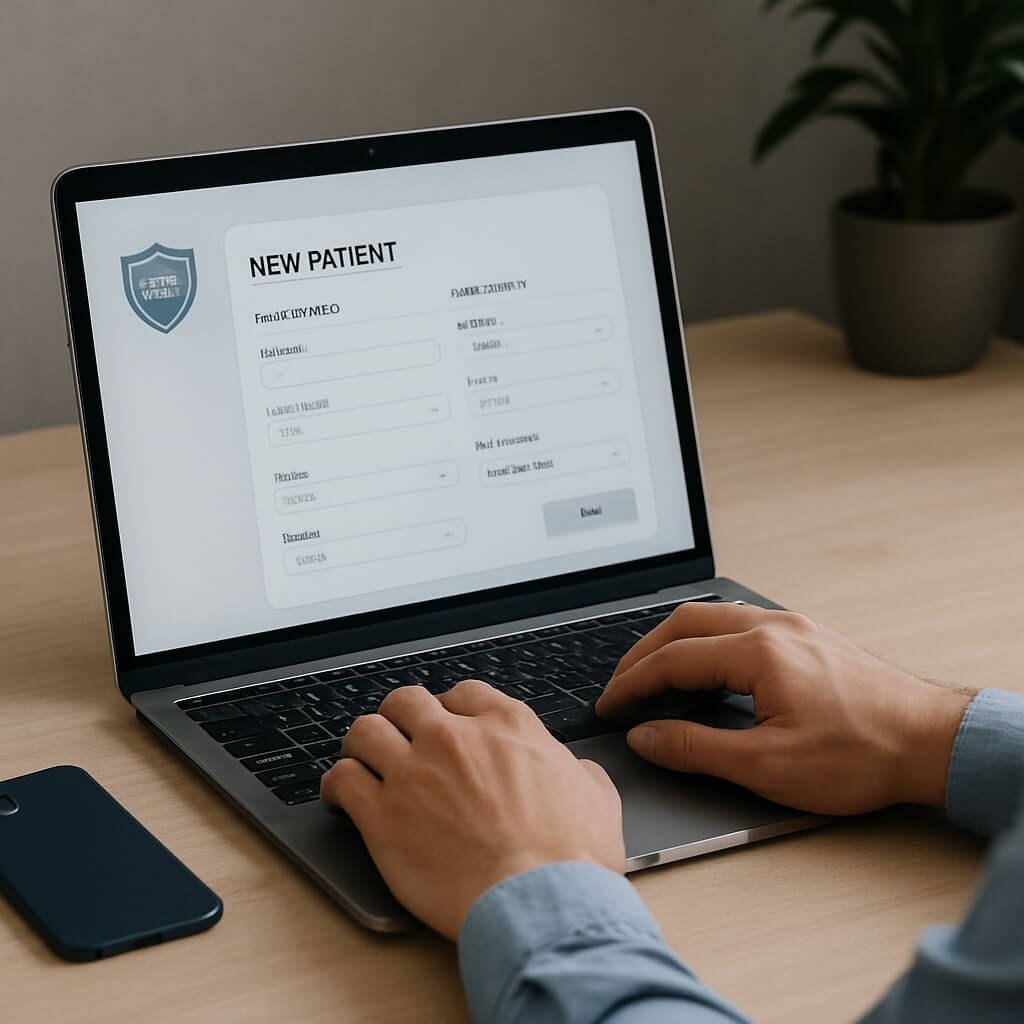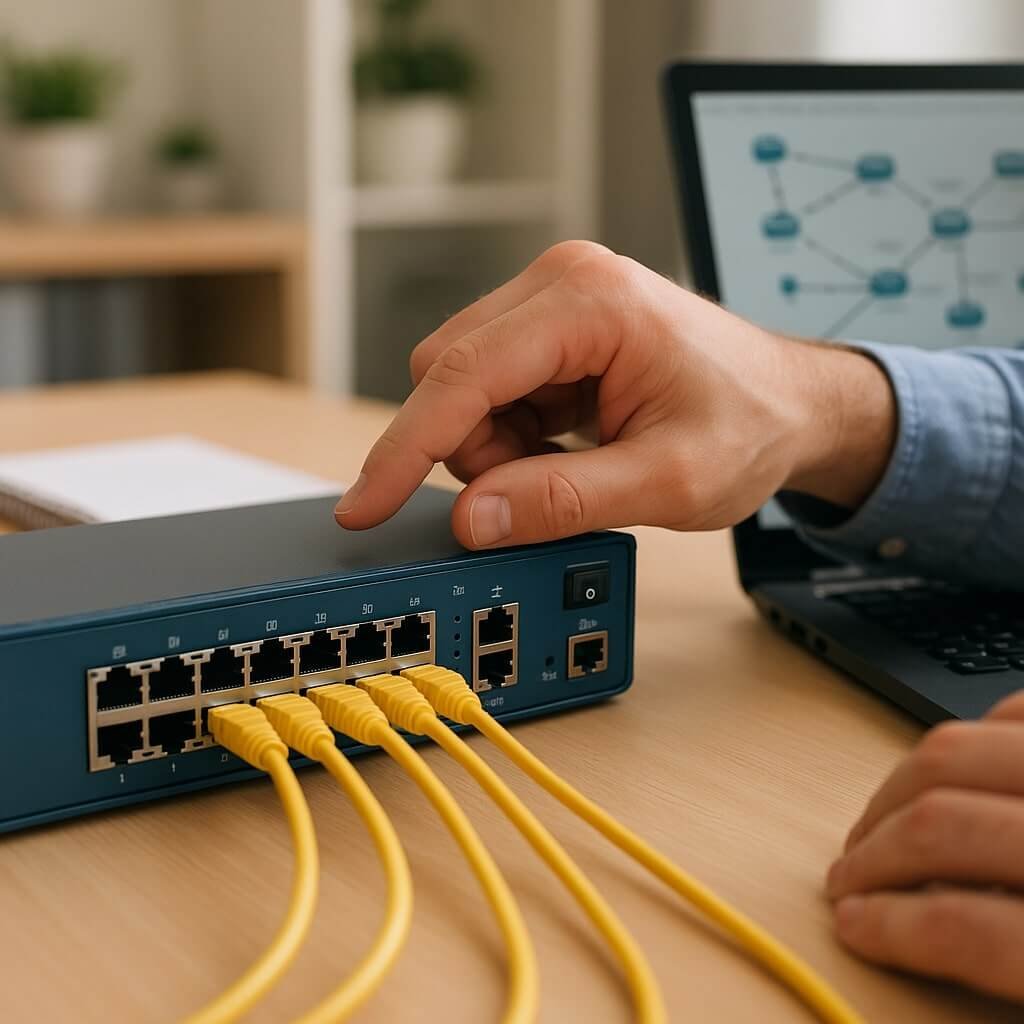In today’s rapidly digitising healthcare landscape, the convergence of telehealth and patient management systems is no longer a futuristic dream—it’s a present-day necessity. For healthcare providers seeking efficient, scalable, and secure solutions, understanding how these technologies blend is crucial. This article dives deep into the code (literally and figuratively) of integrating telehealth with patient management and offers an SEO-optimised guide to help you stay ahead.
Why Telehealth and Patient Management Must Work Together
The evolution of healthcare delivery systems has been driven by the need for:
- Remote accessibility
- Operational efficiency
- Patient-centered care
Telehealth facilitates virtual consultations, remote diagnostics, and continuous patient monitoring, while patient management software ensures that medical records, appointments, prescriptions, and communication remain streamlined and compliant.
When both are synchronized through powerful software integration, healthcare providers can deliver seamless care experiences, cut administrative costs, and improve outcomes.
The Core of Integration: Custom Code and APIs
1. API-Driven Architecture
Most telehealth platforms offer RESTful APIs that allow integration with Electronic Health Records (EHR), scheduling systems, and billing software. Examples of key integrations include:
- Appointment syncing with Google Calendar or Outlook
- Real-time video session creation via Zoom or Twilio APIs
- Patient data retrieval from FHIR-compliant EHRs
2. Custom Workflows
Through coded automation, healthcare organizations can:
- Send pre-consultation surveys
- Auto-generate SOAP notes
- Trigger alerts for missed medications or follow-ups
This ensures clinical staff are not bogged down by manual tasks.
3. Security & Compliance Layers
HIPAA-compliant code modules encrypt patient data both at rest and in transit. Features like two-factor authentication, secure video calls, and role-based access controls are implemented through backend code practices.
Benefits of a Unified Telehealth-Patient Management System
- Better Continuity of Care: Clinicians access full patient history in real-time.
- Increased Revenue Streams: Reduce no-shows and offer services beyond traditional office hours.
- Scalable Solutions: Serve rural, aging, or chronically ill populations effectively.
- Improved Patient Satisfaction: Fewer delays, faster access, and personalised reminders.
Real-World Use Cases
- Chronic Care Management: Patients with diabetes or heart conditions benefit from daily remote monitoring, while clinicians use the platform to adjust medication or recommend lifestyle changes.
- Mental Health Services: Telepsychiatry sessions are automatically documented, encrypted, and billed without manual intervention.
- Pediatric Virtual Clinics: Parents can schedule, attend, and receive pediatric care from the same app they use to view vaccination schedules.
Must-Have Features in Your Codebase
If you’re building or choosing a telehealth-patient management system, your codebase must support:
- Modular Microservices for easy scalability
- Secure WebRTC and RTMP protocols for real-time communication
- FHIR, HL7, and EHR compatibility
- Data analytics engine to predict patient outcomes and resource needs
- Offline functionality for mobile apps in low-connectivity regions
How to Get Started with Integration
- Audit your current tech stack
- Choose a telehealth platform with open APIs
- Hire developers experienced in healthcare IT compliance
- Build MVPs and conduct beta tests with a small patient group
- Scale up based on feedback and system stability
FAQs
What is the biggest challenge in integrating telehealth with patient management?
The key challenge lies in achieving interoperability—getting different systems to “talk” to each other while maintaining data security and compliance.
Is custom coding necessary, or are there plug-and-play solutions?
Many platforms offer plug-and-play solutions, but custom coding is necessary if you want advanced workflows, deeper EHR integrations, or specific reporting metrics.
How long does it take to deploy a fully integrated system?
A basic version may take 3-6 months, depending on complexity, compliance needs, and testing feedback.
Can small clinics afford such integrations?
Yes. With cloud-based infrastructure and modular code, even solo practitioners or small clinics can afford effective solutions without large upfront investments.
Are there open-source tools available?
Yes, frameworks like OpenMRS, GNU Health, and FHIR-based SDKs are open-source and provide a strong base for custom solutions.
Final Thoughts
Telehealth and patient management integration isn’t just a trend—it’s the future of accessible, efficient, and personalised care. With the right code, tools, and vision, healthcare providers can deliver extraordinary outcomes while reducing costs and scaling operations.
If you’re ready to streamline operations and delight patients, remember: we’ve got the code—and now, so do you.






